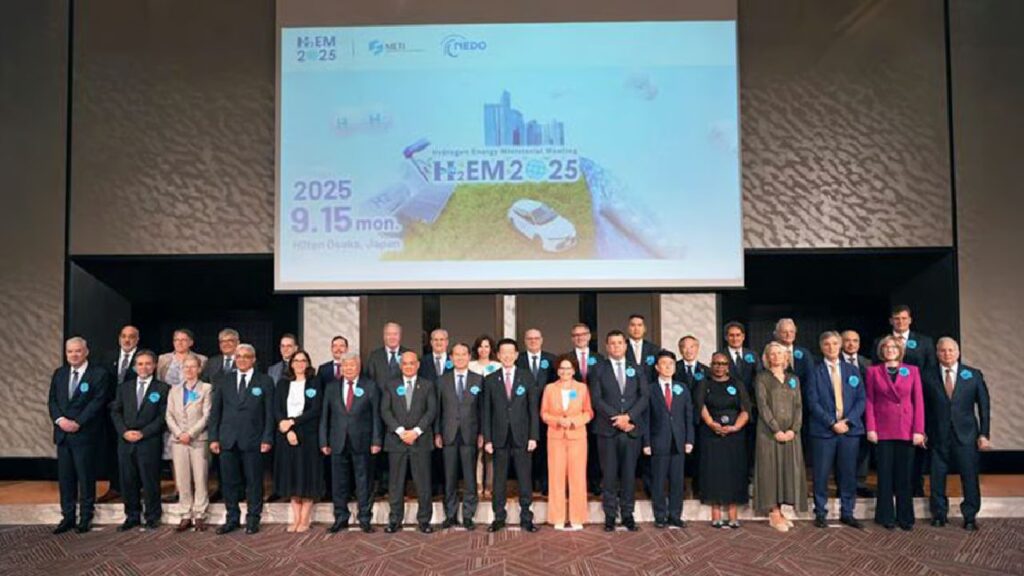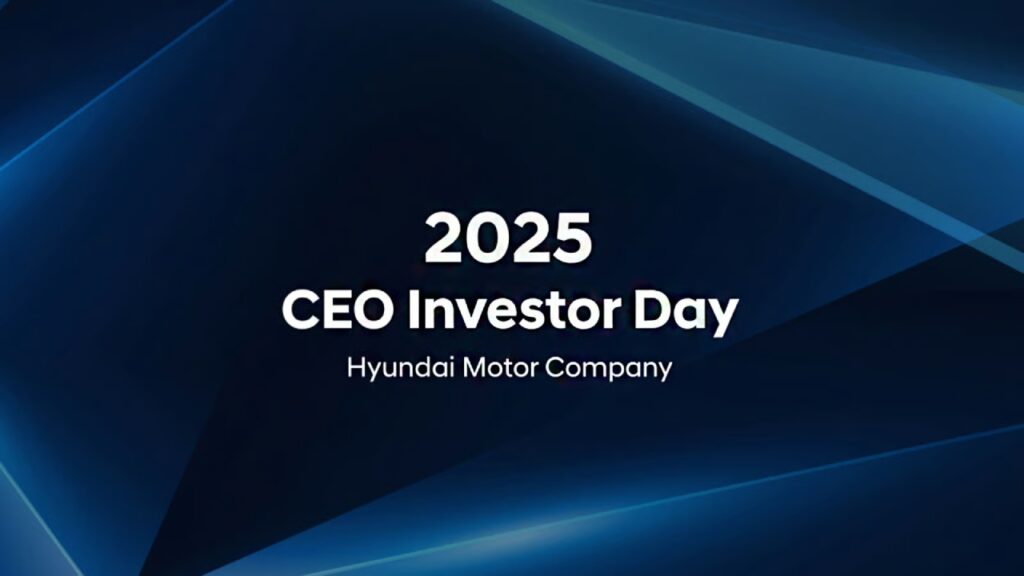The 2025 CEO Investor Day showcased the Korean auto giant’s intentions for the future of mobility
Hyundai has highlighted its ambitious plans as part of the 2030 Vision, along with product roadmap. It will be safe to infer that the Korean car marque wants to diversify its portfolio as much as possible. This is not just in terms of the actual models or body types on sale, but also regarding region-specific cars and boosting manufacturing capabilities. Let us delve into the details of all that was announced at the 2025 CEO Investor Day in New York.

You might also like: Hyundai Ioniq 5 Named To Autotrader’s 10 Best Electric Cars For 2025
Hyundai 2030 Vision
Hyundai Motor Company presented a clear growth plan at its first CEO Investor Day held outside Korea. CEO José Muñoz described a transformation into a global mobility leader through product expansion, electrification and software-defined capabilities. The company has set ambitious targets: 5.55 million global vehicle sales by 2030, with electrified vehicles expected to account for 60% of total sales, or about 3.3 million units.
New EVs and Regional Products
Hyundai is not following a one-size-fits-all approach for EVs. Instead, it is tailoring products to suit regional needs. In Europe, the upcoming IONIQ 3 will cater to mass-market buyers and introduce upgraded infotainment systems. India will receive its first Hyundai EV designed specifically for local drivers, supported by a fully localized supply chain to strengthen affordability and accessibility. In China, the company will roll out the locally produced Elexio SUV along with a C-segment electric sedan, reinforcing its long-term commitment to that market.
These additions will complement the current EV lineup of IONIQ 5, IONIQ 6 and IONIQ 9, ensuring a wide spectrum of choices for different consumer needs. Hyundai is also preparing Extended Range EVs (EREVs), expected in 2027. These vehicles promise more than 600 miles (960 km) of range through optimized integration of batteries and engines. Unlike conventional EREVs, Hyundai’s approach uses in-house high-performance batteries that deliver EV-level power with less capacity, lowering costs while maintaining range and eliminating concerns over long-distance driving.
Hybrids and Pickup Trucks
Hyundai is also placing strong emphasis on hybrids. By 2030, it plans to expand its hybrid lineup to more than 18 models, with Genesis hybrids entering the market from 2026. The All-New Palisade Hybrid will showcase Hyundai’s next-generation TMED-II technology, which offers improved performance and better fuel efficiency.
Performance enthusiasts will see more from the N brand. By 2030, the high-performance N lineup will grow to over seven models, aiming for 100,000 global sales. The IONIQ 6 N, in particular, will feature advanced temperature optimization modes and the brand’s signature driver engagement technologies, setting a new benchmark for high-performance EVs.
Hyundai is also preparing to expand in the pickup and commercial vehicle markets. Before 2030, it will launch a mid-size pickup truck in North America, building on its experience with the Santa Cruz, which has already helped establish the brand in this key segment.
In commercial vehicles, Hyundai plans to strengthen its North American presence with offerings such as XCIENT Fuel Cell Trucks, Hyundai Translead trailers and future electrified large vans. The company also continues to lead in fuel cell technology, with more than 73,000 cumulative fuel cell vehicle sales, and is now developing next-generation systems tailored for commercial applications.
Manufacturing and Localization
Hyundai’s manufacturing strategy focuses heavily on localization and capacity expansion. Under the Hyundai 2030 Vision, the company will add 1.2 million units of production capacity worldwide. This includes 500,000 units from Hyundai Motor Group Metaplant America (HMGMA), 250,000 from the Pune multi-model export hub in India, 200,000 from a new dedicated EV plant in Ulsan, and 250,000 from CKD sites in Saudi Arabia, Vietnam, North Africa and other regions.
HMGMA will play a central role in this growth, reaching 500,000 units by 2028 through a USD 2.7 billion investment that will create about 3,000 jobs in Georgia. By 2030, Hyundai aims to produce more than 80% of the vehicles it sells in the United States domestically, while raising U.S. supply chain content from 60% to 80%. The Saudi plant, which is scheduled to start operations in late 2026, will have a capacity of 50,000 units and will feature advanced robotics under the “Saudi Made” initiative.
Software-defined Vehicles, AI and Batteries
Hyundai is accelerating its transition to software-defined vehicles (SDVs). At the core is the CODA architecture, which separates software from hardware to improve flexibility and scalability. This setup is supported by the High-Performance Vehicle Computer and zone controllers that simplify wiring and eliminate excess hardware.
The company’s in-vehicle operating system, Pleos, will allow faster updates, feature customization and a plug-and-play environment for hardware solutions. Pleos Connect, Hyundai’s next-generation infotainment system, will launch in the second quarter of next year. It will feature multi-window capability, user profiles and an in-vehicle marketplace for third-party apps, creating new revenue opportunities.
AI will play a vital role in Hyundai’s SDV vision. Atria AI will enable autonomous driving without reliance on detailed maps, Gleo AI will support natural voice interaction, and Capora AI will help improve fleet management through large-scale data analysis.
Hyundai is targeting major gains in battery technology by 2027. The company aims to reduce costs by 30%, increase energy density by 15% and cut charging times by 15%. These advancements will give its EVs a competitive edge in performance and affordability.
Real-world data supports Hyundai’s confidence. Analysis of more than 50,000 IONIQ 5 vehicles, some with over 250,000 miles (400,000 km), shows that most retain more than 90% of their battery performance. From 2026, Hyundai will also introduce cloud-based Battery Management Systems capable of predictive diagnostics in real time during driving, charging and idle periods. Safety remains a top priority, with multiple layers of protection including separation barriers, safety relays, refractory shields and safety vents to prevent thermal runaway and fire risks.
You might also like: Hyundai Ioniq 5 XRT Named Best U.S.-Built Sports Vehicle Of The Year
Learn Electric Cars Says
With this event, Hyundai has unequivocally announced that it will have a focus on all aspects of electric mobility. From varied powertrains to battery tech and AI, its upcoming breed of automobiles will be far more advanced than the existing models. Also, its production capacity expansion and regional operations will ensure that it caters to the needs of localized communities in various parts of the globe. I must admit I am quite excited about what the Korean car giant plans for its future under the Hyundai 2030 Vision.

